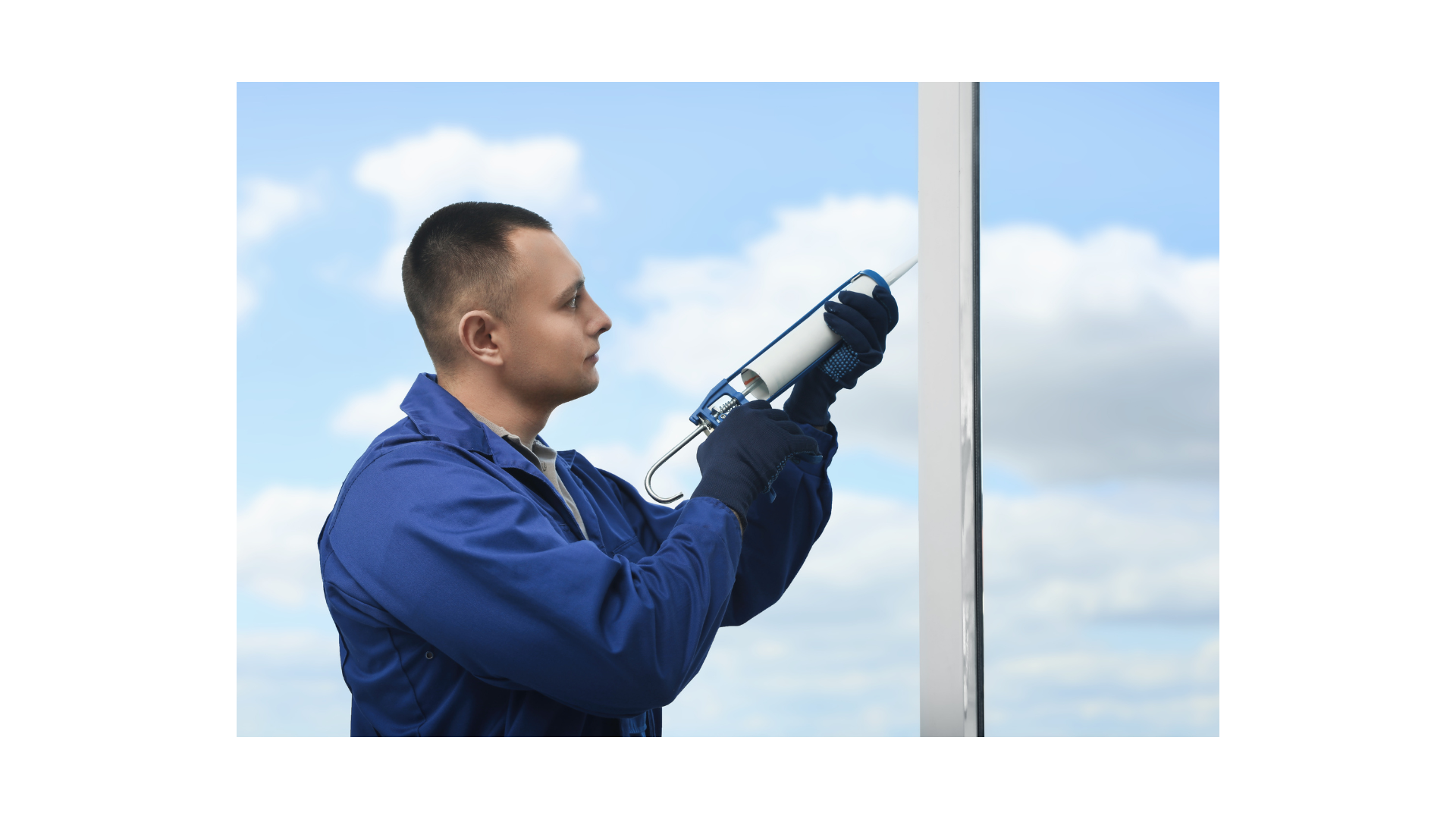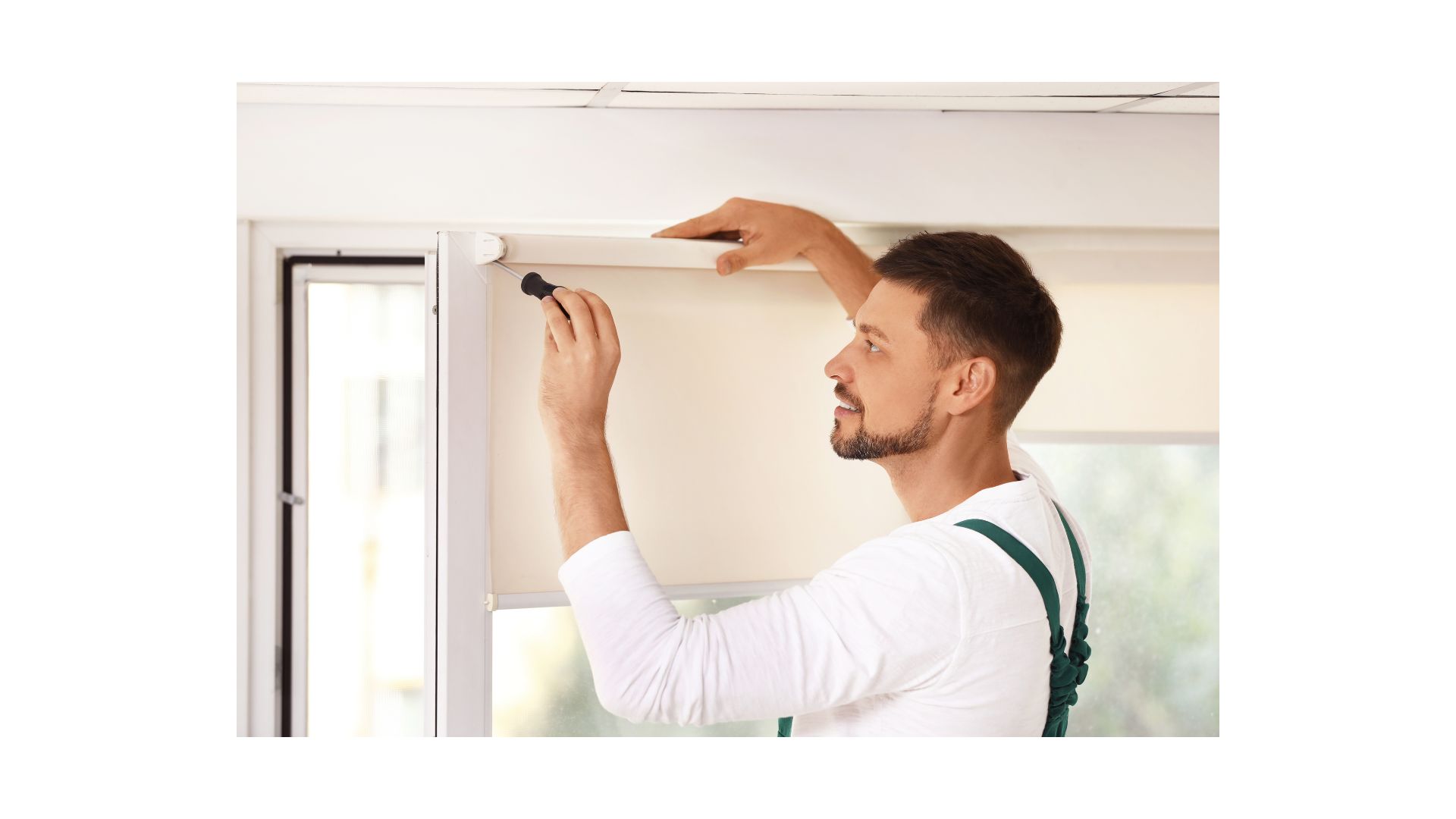
Maximizing Energy Efficiency with Replacement Windows
In an era increasingly focused on sustainability and cost-effectiveness, the quest for energy efficiency has become paramount. And when it comes to our homes, few investments offer as significant a return as replacement windows. Welcome to our latest blog installment: “Maximizing Energy Efficiency with Replacement Windows. In this guide, we delve into the transformative power of upgrading your windows, exploring how modern advancements in materials and design can slash energy bills while enhancing comfort and aesthetics. From double-pane to triple-pane, from low-emissivity coatings to gas fills, we’ll unravel the jargon and empower you to make informed decisions. Join us as we navigate the complexities of window replacement, uncovering the secrets to a more sustainable and cost-efficient home. Whether you’re a homeowner looking to curb energy waste or a conscientious consumer eager to reduce your carbon footprint, this blog is your roadmap to a brighter, greener future.
Understanding the Impact of Replacement Windows on Energy Efficiency
Replacement windows are more than just aesthetic upgrades for your home; they’re also powerful tools for improving energy efficiency. In this article, we’ll delve into the various ways replacement windows can have a significant impact on your energy consumption. From advanced insulation to innovative design features, understanding these factors is crucial for making informed decisions about your home’s energy efficiency.

Advanced Insulation Materials
Replacement windows often feature advanced insulation materials such as double or triple-pane glass, low-emissivity coatings, and inert gas fills. These materials help minimize heat transfer, keeping your home warmer in the winter and cooler in the summer. By reducing the need for heating and air conditioning, replacement windows can lead to substantial energy savings over time.
Enhanced Sealing and Weather Stripping
One of the primary culprits of energy loss in homes is air leakage around windows and doors. Replacement windows are equipped with high-quality sealing and weather-stripping materials to create a tight seal, preventing drafts and air infiltration. This not only improves energy efficiency but also enhances indoor comfort by maintaining a consistent temperature throughout your home.
Optimized Frame Design
The design of window frames plays a crucial role in energy efficiency. Modern replacement windows feature frames made from materials like vinyl, fiberglass, or wood-clad composites, which offer superior insulation properties compared to traditional aluminum frames. Additionally, innovative frame designs minimize thermal bridging, further reducing heat transfer and energy loss.
Low-E Coatings for Solar Control
Replacement windows often come with low-emissivity (Low-E) coatings applied to the glass surfaces. These coatings help control the amount of solar heat gain entering your home while still allowing natural light to pass through. By blocking infrared and ultraviolet rays, Low-E coatings reduce the strain on your HVAC system and help maintain a comfortable indoor environment year-round.
Customized Energy Performance Ratings
Not all replacement windows are created equal when it comes to energy efficiency. Look for windows with ENERGY STAR® certification or other industry-standard energy performance ratings. These ratings take into account factors such as U-factor, solar heat gain coefficient (SHGC), and visible transmittance to ensure you’re choosing windows that meet or exceed energy efficiency standards.
Maximizing Energy Efficiency in Older Homes with Replacement Windows
Older homes often have charming architectural features and unique character, but they also tend to be less energy-efficient due to outdated construction methods and materials. Fortunately, one of the most effective ways to improve energy efficiency in older homes is by installing replacement windows. In this article, we’ll explore how replacement windows tailored to the specific needs of older homes can maximize energy efficiency, enhance comfort, and reduce utility costs.
Understanding the Challenges of Older Homes
Older homes present several challenges when it comes to energy efficiency, including drafty windows, poor insulation, and inefficient heating and cooling systems. These issues can result in wasted energy and higher utility bills, making it essential to address them through targeted improvements such as replacement windows.
Customized Solutions for Historic Preservation
Many older homes are subject to historic preservation guidelines, which may restrict the types of modifications that can be made to the exterior appearance. Fortunately, there are replacement window options available that replicate the look of traditional windows while incorporating modern energy-efficient features. These custom solutions allow homeowners to maintain the historic integrity of their homes while still enjoying the benefits of improved energy efficiency.
Sealing Out Drafts and Air Leakage
Drafty windows are a common problem in older homes, allowing warm air to escape in the winter and cool air to sleep in during the summer. Replacement windows with advanced sealing and weather-stripping technologies can effectively seal out drafts and air leakage, improving comfort and reducing energy waste.
Upgrading to Energy-Efficient Glass
Older windows often have single-pane glass, which offers minimal insulation against heat transfer and outside noise. Upgrading to replacement windows with double or triple-pane glass, low-E coatings, and gas fills significantly improves energy efficiency by reducing heat loss and solar heat gain. This upgrade not only enhances comfort but also lowers heating and cooling costs year-round.
Preserving Architectural Integrity
One concern homeowners may have when replacing windows in older homes is preserving the architectural integrity and aesthetic appeal of the original design. Fortunately, many replacement window manufacturers offer a wide range of styles, materials, and finishes to complement the unique characteristics of historic homes while still delivering superior energy performance.
Tips for Maximizing the Energy Efficiency of Your Replacement Windows
Congratulations on investing in replacement windows to improve your home’s energy efficiency! To ensure you get the most out of your new windows, here are some essential tips to help maximize their performance and save on energy costs.
- Proper Installation: Ensure your replacement windows are installed correctly to prevent air leakage and maximize insulation. Hire experienced professionals who understand the importance of a tight seal and proper flashing techniques.
- Seal Air Leaks: Inspect and seal any gaps or cracks around the window frames with weather-stripping or caulking to prevent drafts and air infiltration, improving both comfort and energy efficiency.
- Use Window Treatments Wisely: Utilize curtains, blinds, or shades to control heat gain and loss through your windows. Close them during hot summer days to block out sunlight and open them during winter days to let in natural warmth.
- Upgrade to Energy-Efficient Glass: Consider upgrading to double or triple-pane windows with low-E coatings and gas fills to enhance insulation and reduce heat transfer, keeping your home comfortable year-round.
Conclusion
EZ Window Solutions of Akron offers a promising avenue for maximizing energy efficiency through replacement windows. By choosing EZ Window Solutions, consumers can significantly reduce energy consumption and costs while enhancing the comfort and aesthetics of their homes. With a commitment to quality craftsmanship and personalized service, EZ Window Solutions provides a comprehensive solution for homeowners seeking to upgrade their windows. Through their innovative products and expertise, they empower customers to make environmentally conscious choices without sacrificing style or performance. Ultimately, EZ Window Solutions stands as a reliable partner in the pursuit of sustainable living and enhanced comfort.


Write a Comment